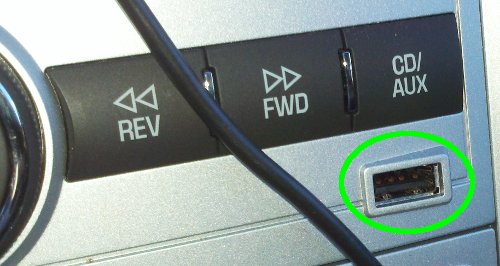[It's always mystified me that people talk about having lists of blog posts that you have to write. I've always thought that if you have a post to write, you write it. Well, now I'm having to take a dose of my own medicine; this is a blog post I've been trying to put together for six months.]
My philosophy of phone buying up to this year had always been to buy a relatively old phone that was just about to be discontinued. It's cheap, all the bugs have bene worked out. I had a Palm Treo and then a Palm Centro under that philosophy. However, I'd always wanted to have a phone that had an ssh client, so early this year (February, I think) I went shopping. My critea were I wanted a phone that had an ssh client, and one that could plug into usb. My friend Wayne was confused, and said that they were all like that (the usb part).
Well, I ended up getting my first nice new phone ever, a Droid X. As
I was told, the charging power suppy for it looked like this:
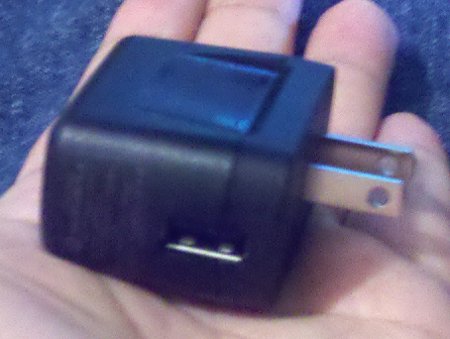
It plugs into the wall, and has a USB port, which supplies power to
the phone, or it can charge with a computer USB port. So I got that.
Slightly later in the spring,
I got an iPad. The iPad came with a USB-output charger too:

These two things together rang a bell. Douglas Adams wrote an article about this once. He talked about eliminating "dongly things"; discrete separate power supplies for gadgets (he was rather a gadget freak). He suggested that there should be a more common standard that just everything could plug into. I thought, with these two gadgets, that the power standard that Adams talked about has arrived, and it's USB!
Well...not only did someone already think of that, but they posted that fact to the relevant page that has his article. Among other things, apparenlty the European Union decided having different chargers for everything was silly, and set up an initiative cell phone companies to damn well compromise on USB as a power standard (I'm paraphrasing here) for mobile phones. So much so that new European-style power outlets are to have USB outputs built into them separate from the power plug. Here's Douglas Adam's article about "dongly things", complete with references to USB as a power standard.
So that's the article that I wanted to write in March, but I hadn't taken the time to take the photos and write the text. I got all excited at the time, though, about the whole USB-as-charging standard thing. I mentioned this to my pal Alex, that charging iPad and phone (he has a nice Droid phone too) via USB was great 'cause you dont' have to bring as many chargers and stuff. He said "Yeah, but the iPad charger puts out more current". I told him that was preposterous, USB has a power limit and surely the wall chargers respected that. He shrugged, but assured me that was the case.
As in all things, and I should have known this, it turns out that Alex was right. I'm not going to go into the details, but Wikipedia's article on USB has a good power section. The important bit is that devices are allowed to draw 500 mA under USB 2.0 and 900 mA under USB 3.0 (all at a nominal 5V). There's also a "Battery Charging Specification" under which USB devices can draw 1.5A, and up to 1.8A from a "dedicated charger" (presumably like a wall charger). A later section also lists devices that don't follow any of the specifications, which concludes with "The iPad and MiFi 2200 are two devices that draw even more power (10 watts or 2.1 Amps) than the Battery Charging Specification allows via USB ports."
So apparently, there are fairly normal USB chargers, and "high
power" USB chargers. The specifications on my charging devices bears
this out. Here's the charger that came with my phone:
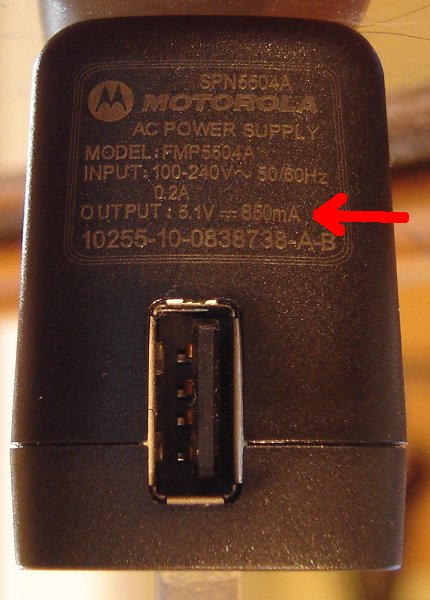
It can source 850mA. This charges the phone in a few hours. But the
iPad charger widget says:

Ye hah!
Those are dedicated charging devices that come with their parent
device. However, that means that stand-alone USB chargers have several
variations, including normal ones and "high power" ones. It turns out
that's the case. Since then, I bought this charger that I like to
take along on trips. It draws power from the wall OR from a lighter
socket in a car, and its output is a (high-power) USB socket:
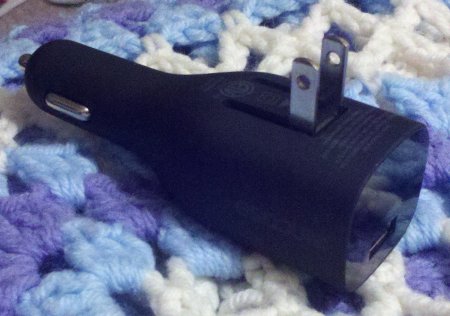
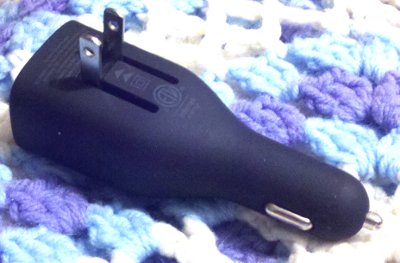
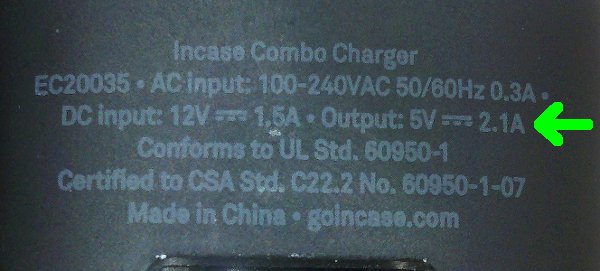
The most recent chapter of this story happened recently, although I'm
sure it's not the last one. I flew down to San Antonio, Texas, a few
weeks ago and rented a car and drove to Kerrville. The car that I rented,
through my usual Zen method of car selection, was a Chevy Malibou.
For the very first time in my experience, this car had a USB power
charging jack in the dash board:
